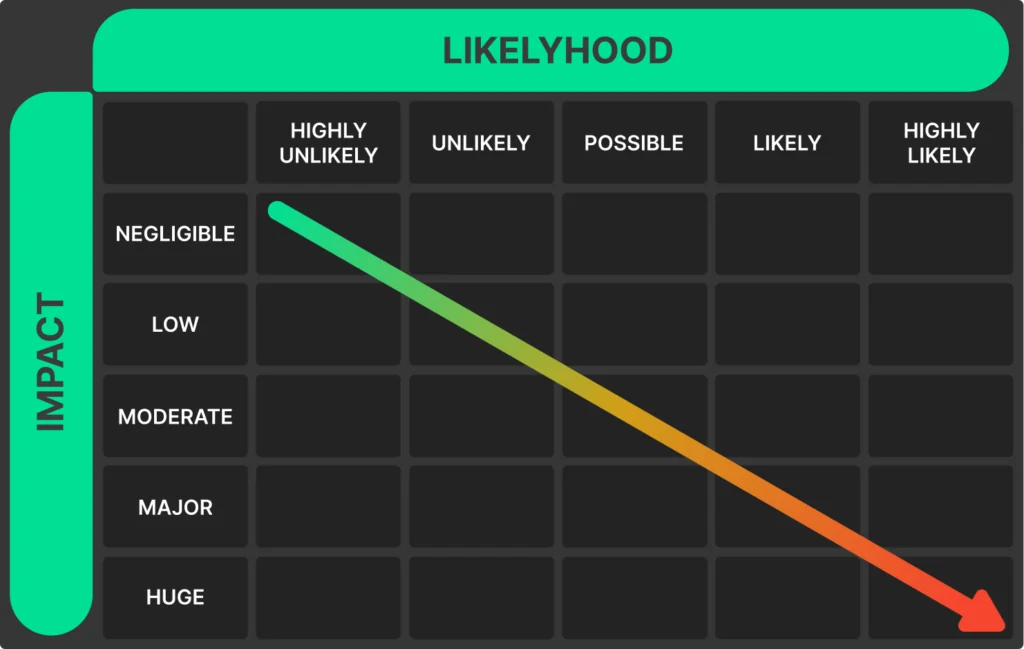Main Factors for an Effective Project Collaboration

Collaboration is a key element in every project we undertake. Effective communication often forms the foundation for success in an era of high expectations. However, managing projects, from the initial stages to execution, can be challenging.
Why is project management so crucial? It ensures objectives are met, resources are used efficiently, and teams stay aligned despite challenges. Without transparent processes, even the best ideas can falter. Drawing on our experience, we present the key factors that “encode” success in project management.

Clearly Define Project Goals and Requirements
At the start of any project, having clear goals and well-defined requirements is essential. Set a clear direction so that both sides of the project team would understand what success looks like. This step helps avoid misunderstandings and costly changes later on. Think about critical features, expected outcomes, and key stakeholders’ needs early in the process – this creates a solid foundation for the entire project.
Identify Challenges and Critical Areas
No project is without challenges. Identifying potential roadblocks and critical areas beforehand can save time and resources. Whether it’s technical limitations, tight deadlines, or complex integrations, understanding these risks helps you create
a plan to mitigate them. Address potential and common issues early on to make
the project run much more smoothly.

Risk mapping scheme
Choose the Right Technology and Tools
The choice of technology can make or break a project. Selecting tools that align with the client’s needs and the project’s scope is key. For instance, evaluating different platforms – a more flexible content management system or a robust e-commerce solution – ensures the final product is scalable and user-friendly. A carefully chosen stack can save both time and future headaches.
The Importance of Communication
Good communication is the lifeblood of any successful project. A lack of it can lead to delays, misunderstandings, and missed opportunities. Regular updates, feedback loops, and collaborative tools can keep everyone on the same page. Effective internal and external communication isn’t just about discussing progress – it’s also about understanding the client’s concerns and providing proactive support.
Tailor Solutions to Client Needs
One-size-fits-all solutions rarely work. Each proposed product should be discussed with the client to meet the expectations related to the chosen goal. Whether it’s designing a website’s look or tailoring its usability to suit the target audience, adjusting your approach shows a commitment to quality and delivers better results.
Monitor and Test Throughout the Project
Testing is an ongoing process, not something left for the final stages. Regular checks and iterations help catch issues early, ensuring a smoother launch. For instance, testing the main features and options of the site in real-time allows for swift adjustments and builds confidence in the final product.

Don’t Forget Post-Project Support
The end of a project is just the beginning of its lifecycle. Maintenance, updates, and long-term support are crucial for continued success. Address client concerns and scale solutions over time. This strengthens relationships and ensures the product remains effective as needs evolve.
Summary
Successful project management is about foresight, adaptability, and collaboration. From setting clear goals and identifying challenges to maintaining open communication and offering ongoing support, each step plays a vital role. By focusing on these core principles, you can deliver outstanding results that meet and even exceed expectations.
Check out our portfolio to see workstyle and solutions we came up with during project collaborations


